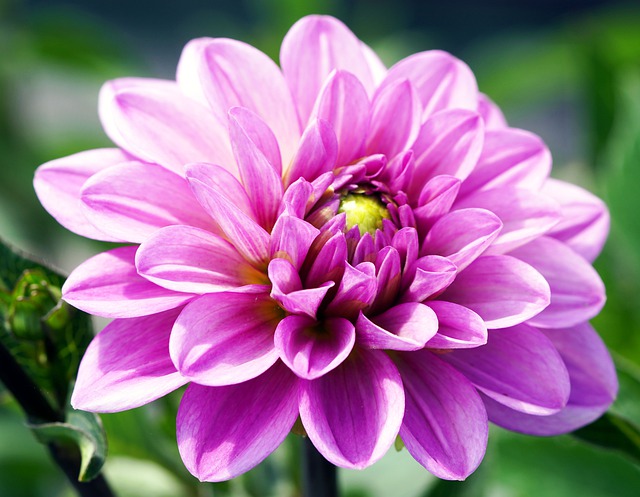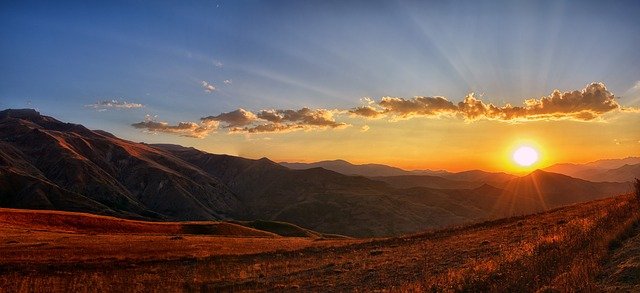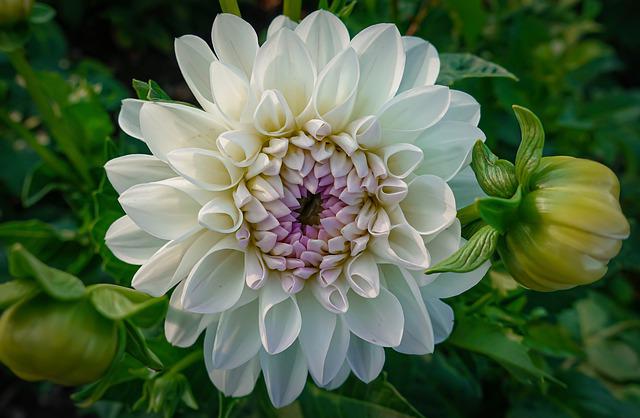Are Dahlias Easy To Grow? Beginner’s Guide

Dahlias are not typically thought of as a hard flowers to grow, but there are a few things that you need to keep in mind. Once they have established themselves, dahlias require little care other than watering when necessary. If your climate is mild enough, you may choose to leave them alone. Occasionally deadheading (cutting off the flowers at the base) will help maintain their appearance and delay flowering for later seasons. Dahlias are relatively easy to grow, making them popular among gardeners. They require full sun, well-draining soil, and regular watering. However, if your Dahlia is dying, it may be due to overwatering, underwatering, pests, or disease. It’s important to address the issue quickly to help save your plant.
Following these simple guidelines, dahlia growing shouldn’t be too difficult for you. Check on the easy ways!
Table of Contents
Easy Ways on Growing Dahlias
Choose Your Dahlia
There are wide varieties of Dahlias to choose from, so it’s important to research which is best for your climate and growing conditions. Pick a few and get started right away! From mid-July through the end of the growing season, you’ll be able to enjoy a stunning array of color, variety, and abundance of blooms.
Water Regularly
Make sure to water Dahlias regularly, especially during the growing season. Unlike other flower types, they do not typically soak up soil moisture well. If the soil is good and moist, watering will not typically be necessary for Dahlia growth. However, if you notice any yellowing or wilting of the plants, water them as needed using a general-purpose plant-watering device.
Deadhead Often
Occasionally, you may want to deadhead Dahlias to prolong blooming. To do this, cut off the flowers at the base of the plant. This will prevent flowering and promote long-term flower health.
Sunny Area
One great way to get started with Dahlias is by planting them in an area with plenty of sunlight. If you live in a shady or shaded location, it might be best to start with other flower types until your sunnier garden can grow dahlias.

Roomy Borders
Dahlia plants can be large if left unchecked, but they are a great addition to borders or containers if limited space is limited. Take care when selecting a variety as some tend to grow very tall.
Choose Your Climate
Dahlias do well in most climates but are especially fragrant in warm climates. If you live in a cold climate, try selecting a hardier variety that will survive winters indoors.
The Organic Method
Dahlias thrive in an organic garden setting. They are hardy, robust plants that produce a wide range of blooms, including quite large ones. Even without the use of chemical fertilizers, they thrive in soil that is rich in organic matter. Using chemical pesticides is unnecessary and can be done reasonably well without them.
Preventing Pests from Harming Your Plants
Slugs can wreak havoc on small dahlia plants. Slugs should be manually removed in the early morning or protected with a commercial slug killer, depending on the severity of the infestation.
Dahlias are a favorite target for Japanese beetles, who feast on the blossoms just before they’re ready to be picked for a bouquet. Hand-removing the beetles and dumping them into a bucket of soapy water is an effective control method.
If you want your blooms to be “great,” you may have to contend with other insects. Consider using an insecticide soap or a commercial pesticide if that is the case. If you decide to follow the label’s instructions, do so carefully.
Drought and Tuber Diggers
Your dahlia season will end in the fall when the frost arrives. After the first hard frost in northern climates, it is necessary to dig up your tubers. It would be best to wait for a killing frost before cutting your plants back to the ground and removing all plant debris. To begin digging the tubers, wait at least one week. Spade or digging fork gently lift the Tubers. This is to be expected. Each variety is a distinct plant with its unique characteristics.

